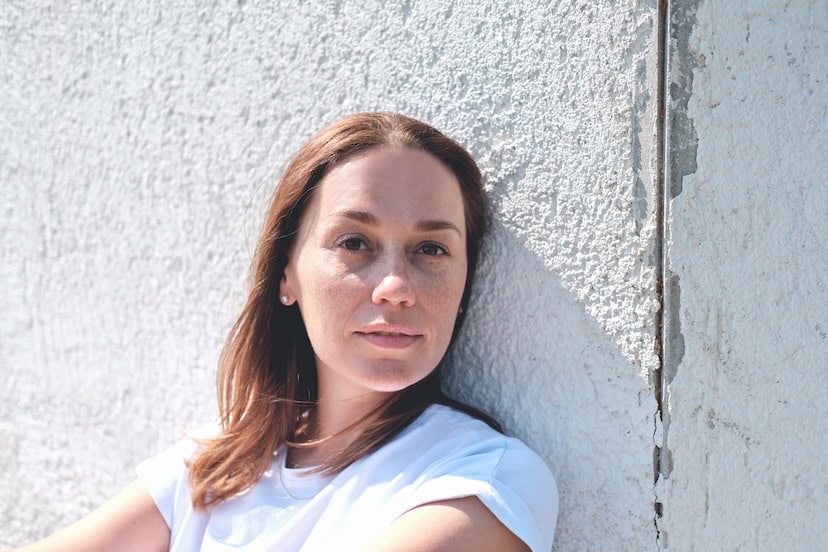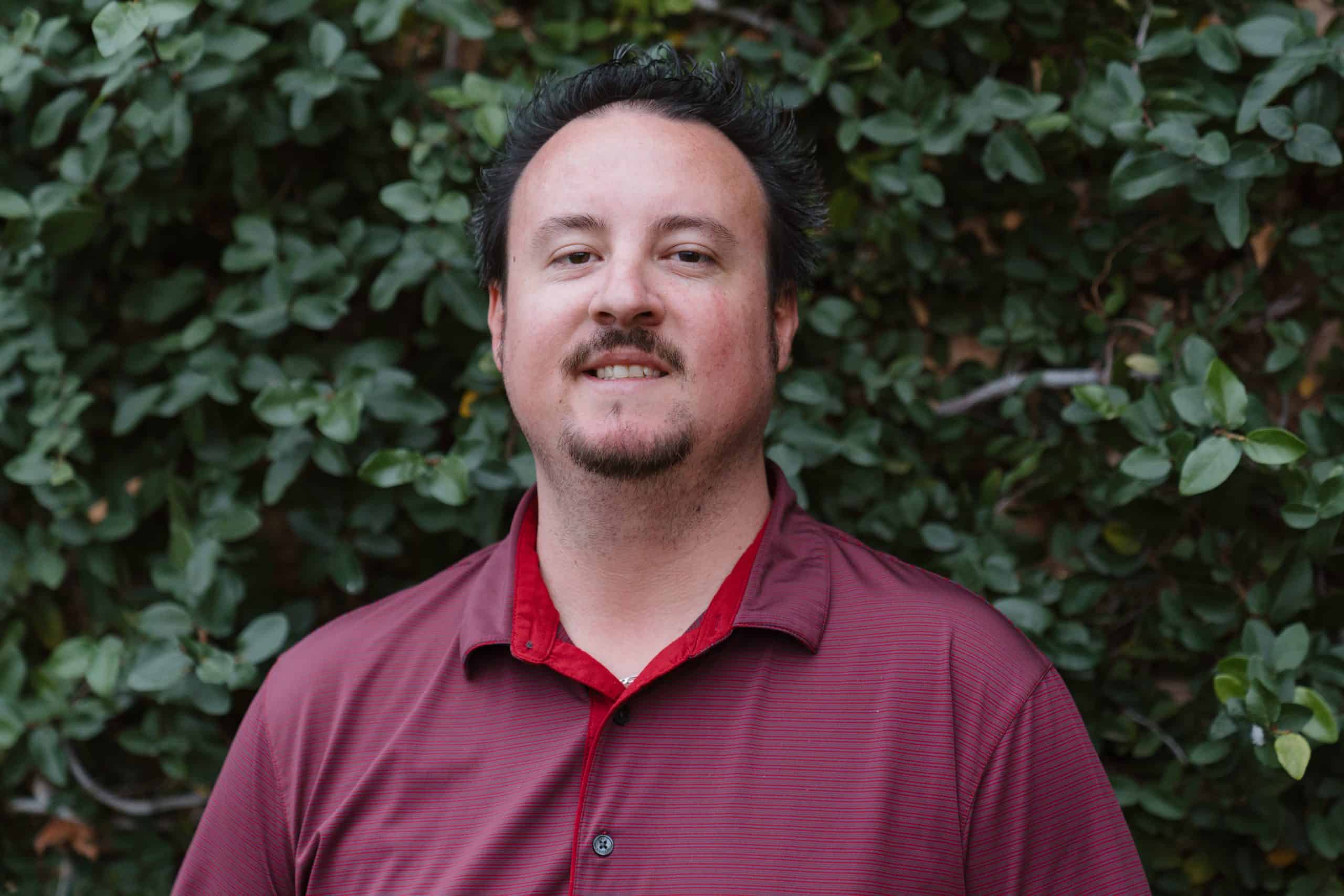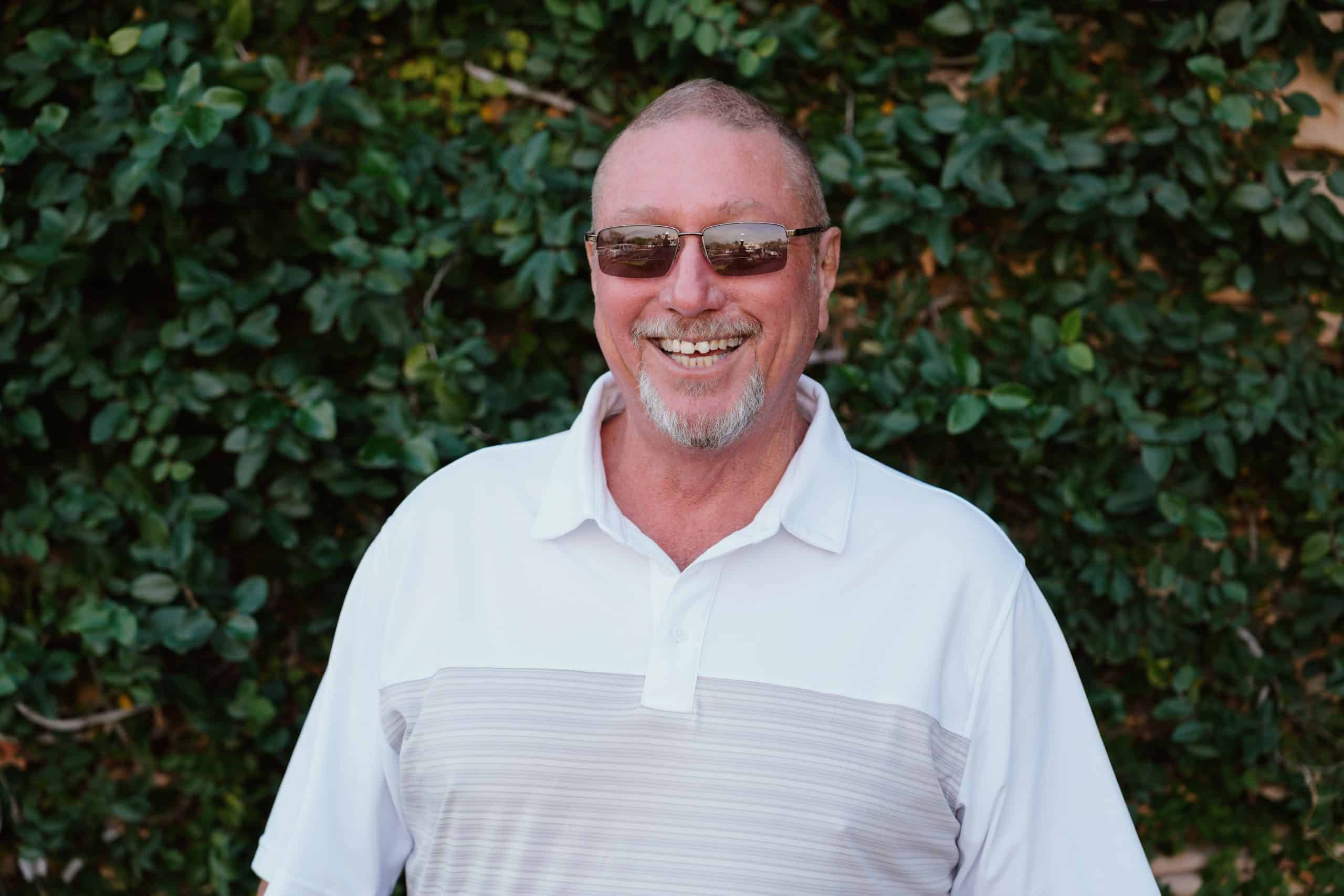Self Harm Treatment

“No one sees your strength, do they? No one sees the silent battle you fight against your overprotective mind that’s trying to keep you safe from harm by keeping you safe from risk, safe from connection, safe from honesty. Maybe others don’t see, but you see it sometimes, don’t you? In the mirror, in those eyes, begging for someone to notice. You have noticed. It is real. You are strong. You are fighting for something incredible. Don’t let anyone convince you otherwise—especially not your thoughts.” - Vironika Tugaleva
In 2021, suicide was the leading cause of violent death in Arizona. The number of people who died by suicide was higher than even the number of those who died by car crashes. As a society, we’ve worked to make car crashes less fatal, so why aren’t we doing the same when it comes to self-harm and mental health?
Here at Pinnacle Peak Recovery, we’ve seen exactly how much self-harm can impact a person and leak into other aspects of their lives. In our treatment programs, address our clients as a whole, instead of focusing on one “problem.” People are 3-dimensional, and so are the different obstacles and conditions we encounter. We want to empower you to find healing in a way that fits your unique needs.
In 2022 and 2023, over 1.4 million Arizona residents were living with at least one mental health condition.
What We Treat: Understanding Self-Harm
If you’ve never felt the urge to self-harm before, it can be easy to dismiss it or not fully understand what’s at play.
Have you ever been in a situation where you’ve felt full of emotion? Maybe you had a bad day, many things went wrong, and when you get home finally to cool off you stub your toe and drop your keys in a puddle. You feel like you’re gonna explode. Your body wants to let that energy out. Maybe you scream, maybe you punch something. For some people, their response would be to claw at their arms or bite their tongue. These last two examples are both forms of self-harm.
Self-harm is an outlet. There is no singular way to experience self-harm, nor one singular reason for someone to self-harm. Self-harm is a response, developed when a person doesn’t know what other steps to take to alleviate what they’re feeling or process what they’re experiencing.
Self-harm isn't usually an isolated incident. We'll help you address the root cause so you can move forward in life.
How We Treat: Self-Harm and Mental Health Services at Pinnacle Peak
Our mental health services program and dual diagnosis program are both well-rounded and prepared to help any clients who come to us with concerns of self-harm. Our team of experts utilizes a primary approach for our self-harm treatment through cognitive behavioral therapy. This model is well adapted to a wide range of treatment approaches and works to help you identify the source of your self-harm.

Cognitive Behavioral Therapy
Cognitive behavioral therapy (CBT) is a versatile approach to healing that can be especially effective for those dealing with self-harm. Through CBT, clients identify not only unhealthy ways of thinking that can lead to self-harm, but also look at how the behaviors themselves developed, too. Once identified, they then work on relearning how to approach their emotions, thoughts, relationships, and triggers to have a healthier outcome.
Dialectical Behavioral Therapy
Dialectical behavioral therapy (DBT) is a highly effective treatment for those who engage in self-harm, helping to manage overwhelming emotions and build safer coping techniques. Through skills like emotional regulation and mindfulness, DBT provides practical tools to reduce the urge to harm yourself. It supports healing by increasing self-awareness, enhancing emotional stability, and fostering a greater sense of self-worth.
Somatic Experiencing
The key to somatic experiencing is to help you understand why you self-harm by addressing the underlying dysregulation in the nervous system that often drives overwhelming emotions. You will focus on physical sensations and gently guide your body through unresolved stress or trauma. This approach supports the release of tension without resorting to harmful behaviors, building resilience and a sense of grounding within.
At Pinnacle Peak, we don’t just provide evidence-based therapies. Our self-harm program includes group therapy, expressive arts, music therapy, yoga, meditation, and trauma therapies. You will have all the skills needed not only to stop self-harming but also to live in a state of positivity and mental wellness.
Can You Be Diagnosed with Self-Harm?
Self-harm is a behavior, not a disorder in and of itself. It can come as a side effect of untreated mental health conditions, or be experienced on its own. In some cases, self-harm might happen only once or twice in a lifetime and only be related to the circumstances at the time.
Our minds are complex. We have to manage our senses, thoughts, and emotions all at the same time. Sometimes, this can be overwhelming. We don’t always know how to process every situation we encounter. In times when people feel strongly, whether it's anger, sorrow, or fear, they might turn to self-harm as a way to manage those emotions.
Common Mental Health Conditions That Can Relate to Self-Harm
As we just mentioned, self-harm can often go hand-in-hand with other conditions. Before we list some of the common conditions that coincide with self-harm, it’s important to note that if you don’t have one of these conditions but experience self-harm, you’re not invalidated. Self-harm is a response and can pop up in a wide variety of cases.
Some of the most common conditions that someone who self-harms might have include:
- Depression
- Substance use disorders
- Eating disorders
- Untreated trauma and PTSD
What Is Classified as Self-Harm?
When people think of self-harm, they likely first think of someone taking a blade to their skin. This is how it’s often portrayed in the media. Self-harm is much more complex than that, and can encompass a large range of potential actions.
An act of self-harm boils down to anything done intentionally – knowing it will damage you. This can include cutting yourself, pinching your skin, pulling out your hair, burning yourself, exercising excessively, over or under-eating, intentionally getting into fights to get hurt, poisoning yourself, and more.
What Age Groups Are Most Likely to Self-Harm?
Self-harm often starts in adolescence. The most common age group to self-harm is 12-14 year-olds, with women being more likely to self-harm than men by 6.3 to 1 at that age. This is often because of the stress of growing up, as well as not having learned a wider range of coping skills.
This doesn’t mean, however, that adults can’t self-harm. Here in Arizona, hospital visits due to self-injury were much higher with women than men, with women’s rates being 50% higher. The age groups with the highest hospitalization rates for self-harm were 15-24-year-olds. While the numbers did decrease as the age groups got older, there were still people aged 65+ who got admitted for self-harm.

What Should You Do if Your Loved One Is Harming Themselves?
If you notice your loved one has unexplained injuries, is often wearing long sleeves or pants even in hot weather, or you find instruments such as razor blades in places they shouldn’t be – these are all potential signs of self-harm.
The most important tip we can provide you is to not be judgemental if you find out your loved one is harming themselves. It’s also key to not approach them with pity. Remind them that you care about them and want to help.
If they’re open to talking about it, ask them about what triggers them most. Work with them to avoid these things, or try to be there as support when they experience them. You can work together to find alternatives to self-harm. You can also support them by assisting in a search to find treatment options to address their self-harm and other conditions or mentalities that may be linked to it.
Don’t push them away, and don’t play the blame game. You can work with them to help them learn healthier coping mechanisms.
How Can You Manage Thoughts of Self-Harm at Home?
There are ways to manage and address self-harm within yourself. The most important step is to determine why you want to self-harm. Is it in response to stress? Does it stem from anger? Do you self-harm because you feel numb? Does self-harm give you a sense of control in your life?
Finding the reason for self-harm isn’t always easy. We can often overlook our behaviors or not spot patterns in what we do. If you’re uncertain about why you self-harm, talking with someone else about it can help bring insight. This can be a trusted loved one or a medical professional.
Once you identify the source, the biggest key is to find an alternative outlet. If your self-harm stems from anger, you can go for a run or write out your thoughts in a notebook. If you’re mad at someone in particular, write them a letter you’re never going to send. If your self-harm comes from a feeling of loss of control, find something else you can change about yourself or your surroundings. This can be as simple as rearranging your room, planning your outfits for the week, or cleaning something in your home.
Relearning self-harm is possible. You’re stronger than you think.



What Our Valued Patients Say

Pinnacle Peak’s Patient-Focused Treatment for Self-Harm
If you or a loved one is dealing with self-harm, substance use, untreated mental health conditions, or any combination of the three – our team here at Pinnacle Peak can help. We’re dedicated to providing clinical excellence without compromising on compassion. We want to work with you to find the right treatment program to reach your healing goals.
There’s no wrong time to get started. Our Pinnacle Peak team is here whenever you’re ready. Give us a call anytime at 866-377-4761. With an active community, family-therapy integration, and more we’ll help you get the support you need.
Clinical Excellence | Compassionate Care | Family Feel
